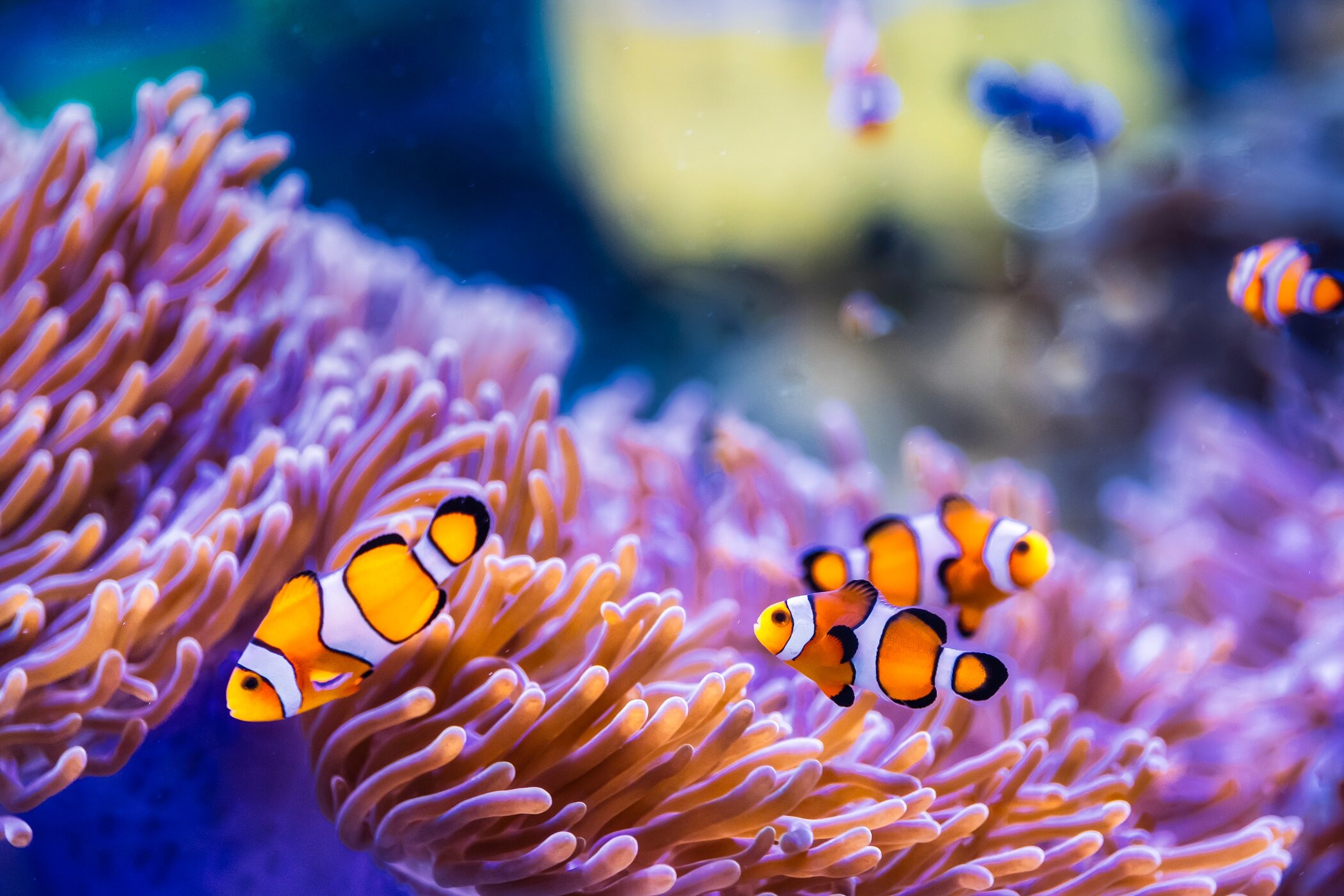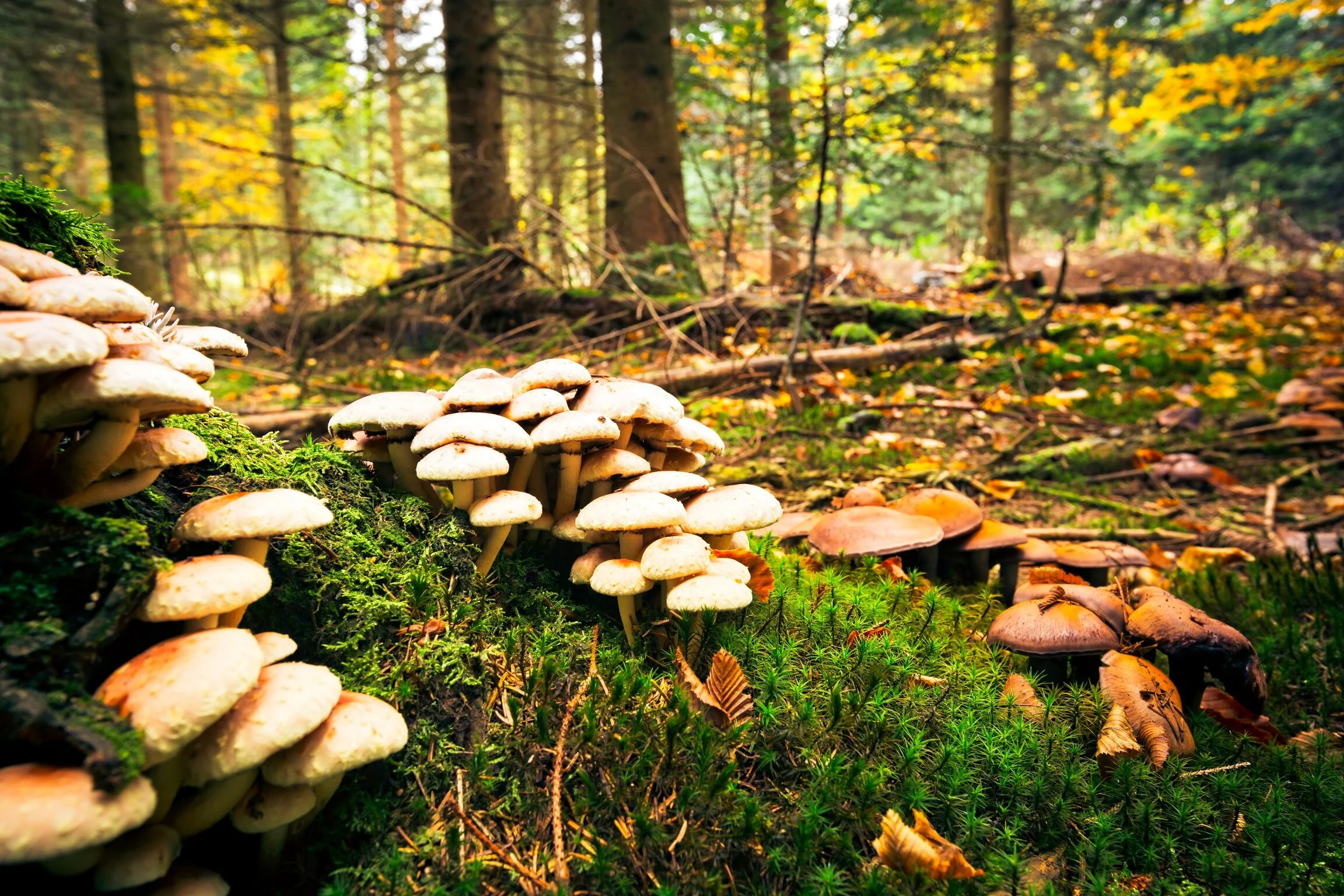In scientific research on human impact the focus is usually aimed at the extinction of species. Nowadays however, scientists are becoming more and more aware of the fact that trough, for example animal domestication, we have also become a driving force of evolution. This driving force that has led to new species, traits and ecosystems.
Does tapping a can of fizzy drink really stop it foaming over?
Is there life through the looking-glass? The riddle of life’s single-handedness
Australia’s volcanic history is a lot more recent than you think
How events in Panama created the modern world (millions of years ago)
Vanadium: the ‘beautiful metal’ that stores energy
Why ocean scientists hope someone gets your message in a bottle
The world’s oldest message in a bottle recently washed up on the North Sea island of Amrum, in Germany. It was one of 390 such bottles placed in the ocean by scientist George Bidder back in August 1906. During the 110-year voyage, the bottle had travelled just a few hundred miles – hardly a Robinson Crusoe-style call for rescue from a far corner of the globe. But nonetheless Bidder was on to something: such messages were and still are vital for scientists seeking to understand ocean circulation patterns.
Explainer: what dust from the Sahara does to you and the planet
Handle with care – the world’s five deadliest poisons
How the Grand Canyon changed our ideas of natural beauty
Nature’s cheats: how animals and plants trick and deceive
As night closes in across Kentucky a small chubby spider makes a silk line between two plants. She then moves along her “trapeze wire” and waits. After a while a moth approaches within range, and the spider unleashes a swinging sticky ball, ensnaring the moth and pulling him in to be eaten. The attacker is a bolas spider, and she hunts by releasing an odour that precisely matches the chemical composition of female moth mating pheromones. The male moth is lured in, but instead of getting a mate, he gets eaten.
How climate change killed the dinosaurs' underwater cousins
The world’s biggest source of freshwater is beneath your feet
Do fish have feelings? Maybe…
The question of whether animals other than humans can think and feel has been debated for centuries. Most of us would agree that humans have a level of consciousness, loosely defined as an ability to experience thoughts and emotions. But which other creatures have consciousness remains an open and controversial question.
Not just bees: the buzz on our other vital insect helpers
Justin Schmidt - Suffering for science: why I have insects sting me to create a pain index
Explainer: what are the ‘nacreous clouds’ lighting up the winter skies?
People in the polar regions of the world, such as Scandinavia and Canada, sometimes get to watch majestic, rainbow-coloured clouds drift across an otherwise grey winter sky. Over the past few days, observers from across the UK and Ireland have also been lucky enough to witness this phenomenon, known as “nacreous” (or polar stratospheric) clouds.
Why can’t we predict when a volcano will erupt?
We started 2016 with a bang. Both Chile and Indonesia saw a clutch of volcanoes erupting after laying dormant for a decade or more. This followed an eruption in April 2015, when Calbuco volcano in Chile burst back to life after more than 40 years of silence, with experts giving less than two hours of warning. In an era of global satellite monitoring with proliferating networks of instruments on the ground, why can we still not accurately predict volcanic eruptions?
Explainer: why are cities warmer than the countryside?
In cities, the air, surface and soil temperatures are almost always warmer than in rural areas. This effect is known as the Urban Heat Island – a term which first came into use in the mid-20th century. Until the 1980s, this effect was considered to have relatively little practical significance. In fact, given that most studies were done in cities with cold winter climates, a warmer temperature was seen as a potential benefit, because it reduced the need for heating. But since then, we’ve found a number of reasons to be concerned.


















